Storing food in the pantry is a great way to have it ready when you need it. However, even if the item is non-perishable, it does have a shelf life. Save yourself a headache (and a possible stomachache) and make sure you know when to throw away those pantry staples.
Flour
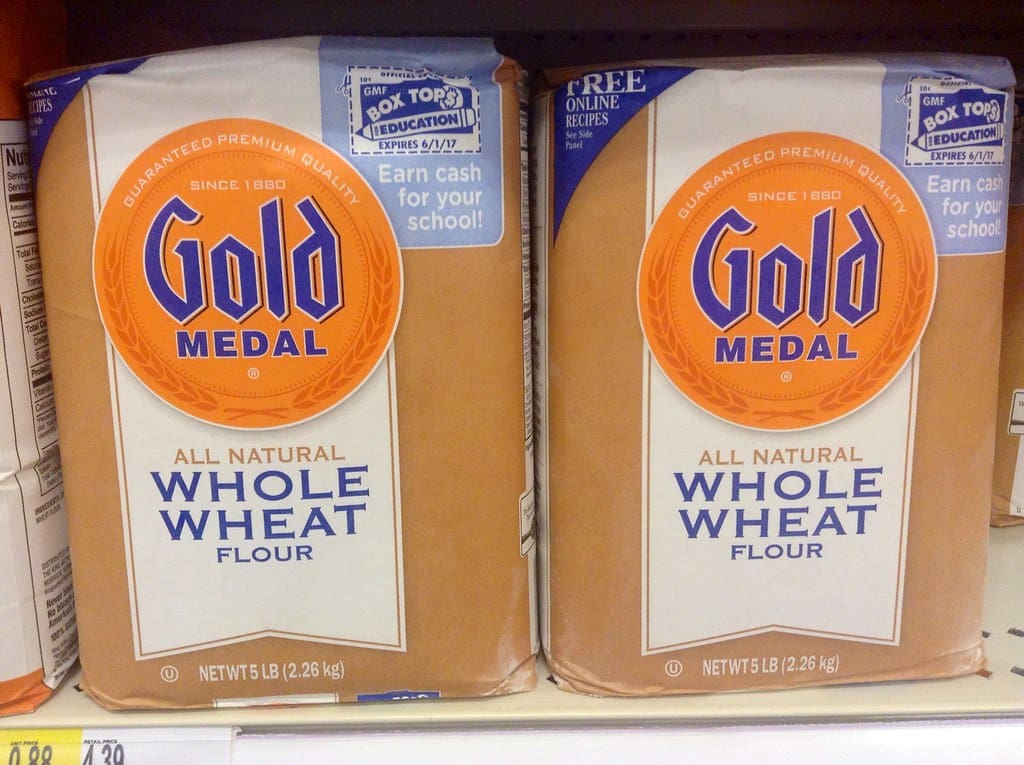
Different types of flour have different shelf lives. All-purpose flour can last up to eight months, but that depends on how it is stored. Whole wheat flour and gluten-free flour tend to spoil sooner. To get a longer shelf life for flour, it is recommended to store it in a seal-tight container and to keep it away from moisture so it doesn’t mold. To tell if flour is bad, smell it! If there is any type of odor coming from it, then it is time to toss it out.
Sugar
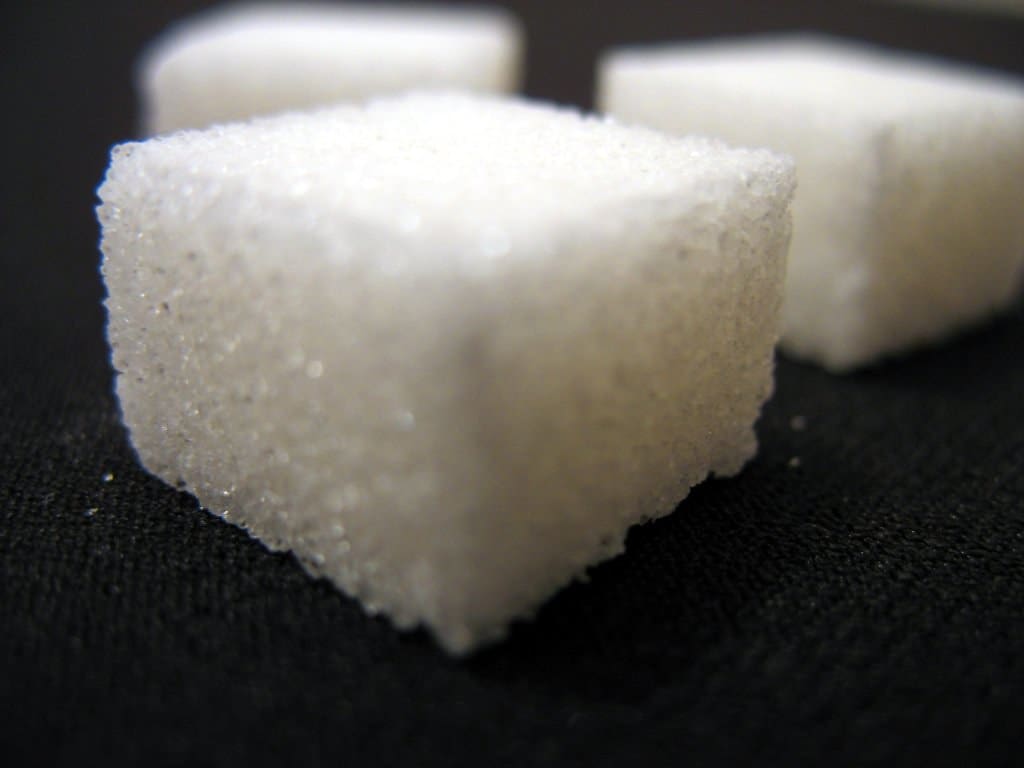
Sugar lasts a very long time, but it is important to make sure it is stored in an air-tight container in a dry, dark place. This makes sure it doesn’t take on any odors, which nobody wants in their sugar. Even though sugar lasts a long time, if it starts to clump (unless it is a sugar cube), that might be a sign that your sugar is not as fresh as it could be. If you use your sugar in baking and something tastes off, it might be time to buy more.
Honey
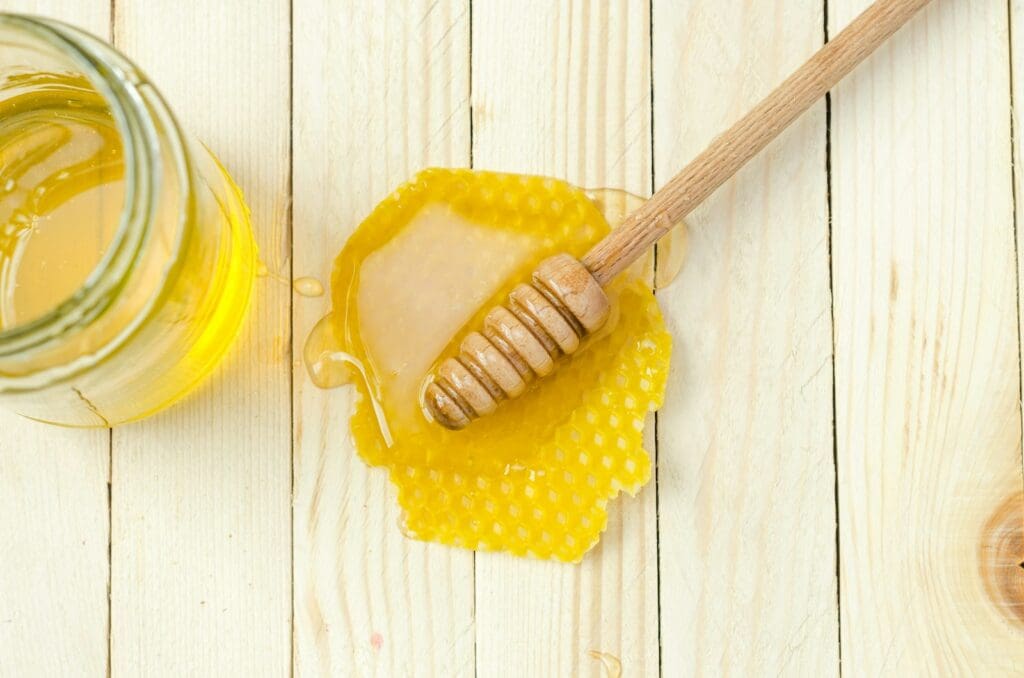
Honey is another staple that doesn’t necessarily go bad. It has a great deal of sugar in it, which acts like a preservative. When honey is properly stored, it shouldn’t go bad. If you notice a change in the color or perhaps the taste of it, consider replacing it. Oh honey, how sweet you are.
Baking Soda
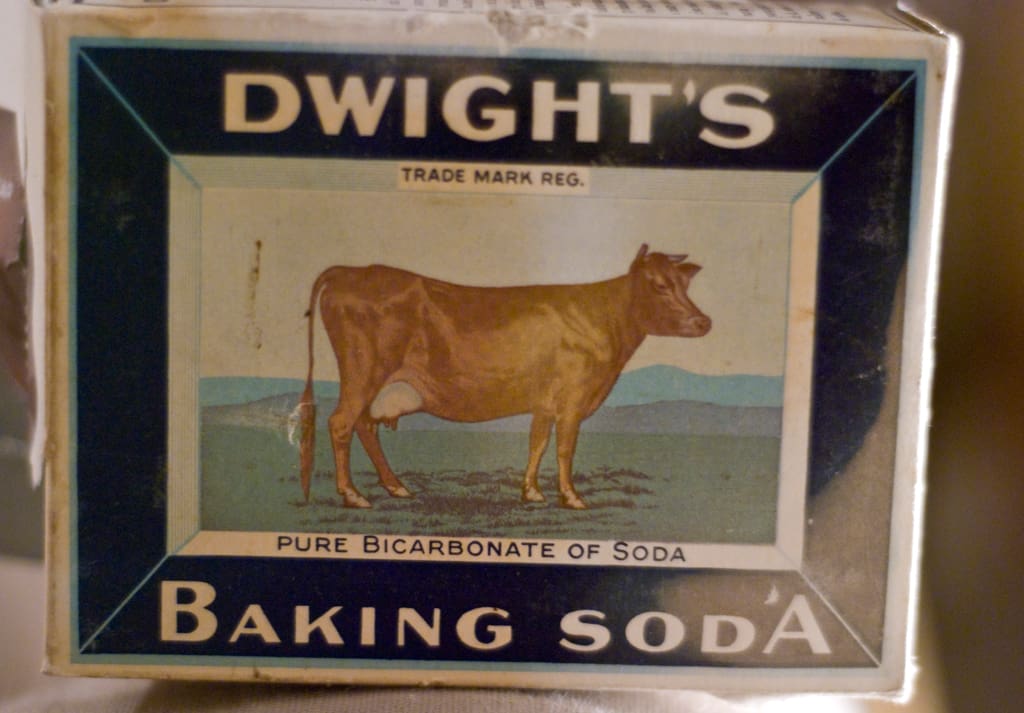
Baking soda can be used for cooking and cleaning (I love a versatile queen). The thing about baking soda is that it doesn’t have a long shelf life — it can go bad within six months of purchasing it. To make sure your baking soda is still fresh, add some to a bowl of vinegar. If it fizzles, then that means it is still good to use.
Salt
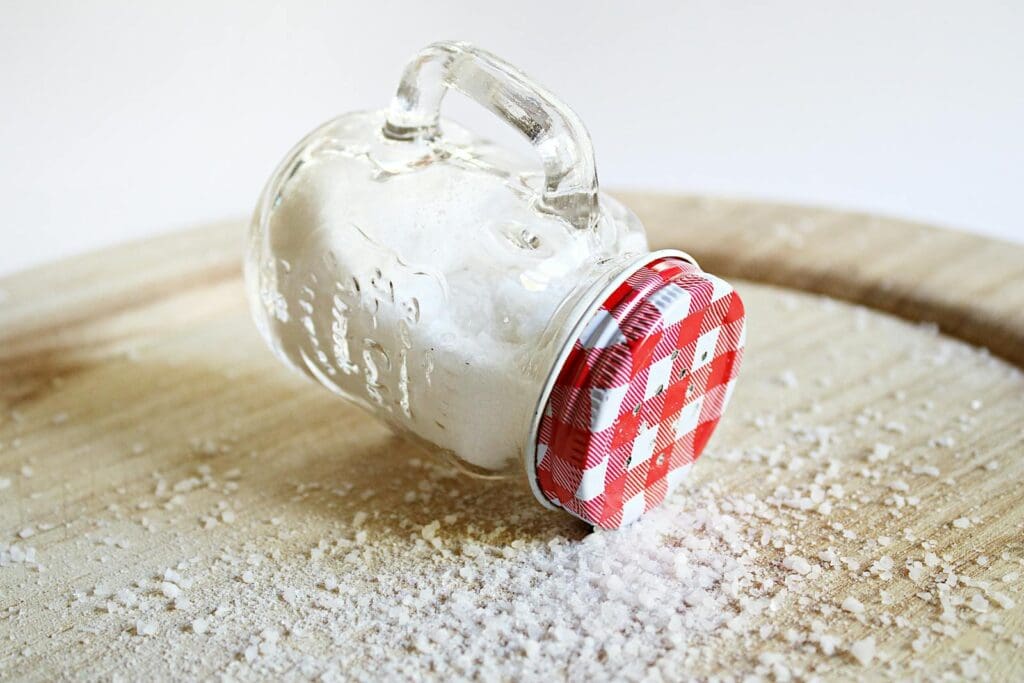
Different salts last for different amounts of time. Pure salt will not expire, but unrefined sea salt, Himalayan salt, iodized salt, and other varieties will eventually change in taste. This doesn’t necessarily mean they have gone bad, but just means you might not get the flavor you want.
Olive Oil
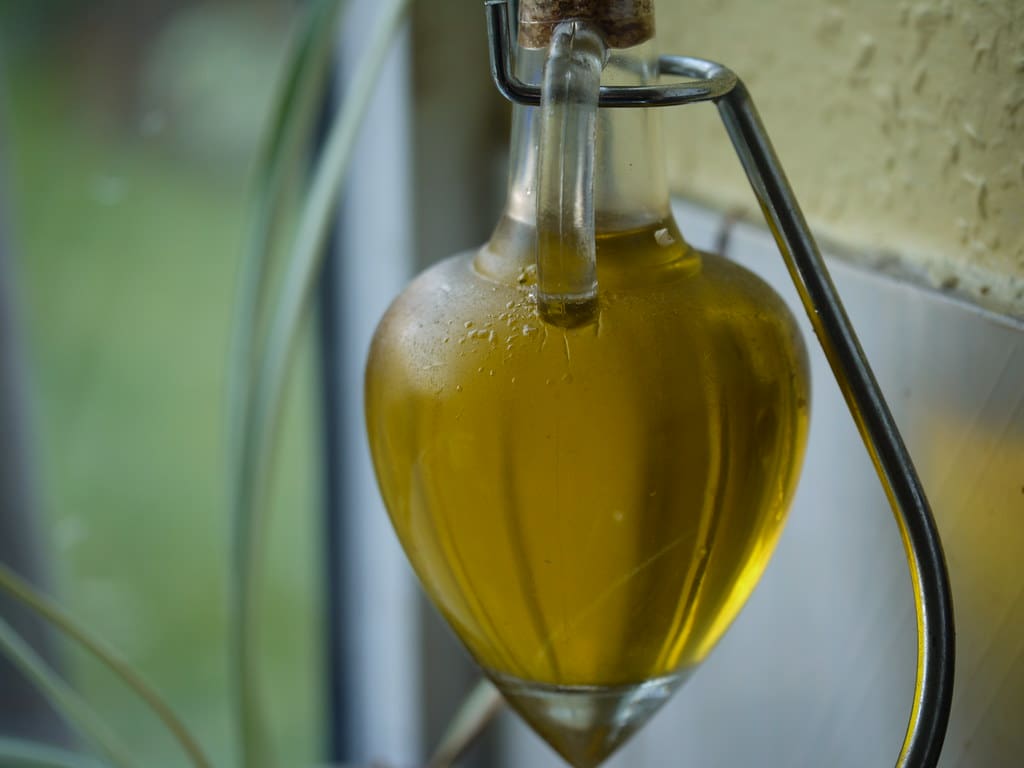
Olive oil will eventually go bad, but it has a pretty long shelf life BEFORE being opened, depending on whether it is extra virgin or not. Extra virgin olive oils last for about twelve to eighteen months, whereas regular olive oil can last two to four years (depending on the brand and how the olive oil is made). Once you open the olive oil, you don’t have very long — one to three months to be exact. Olive oil oxidizes once it has been opened up to air which decreases its shelf life.
Vinegar
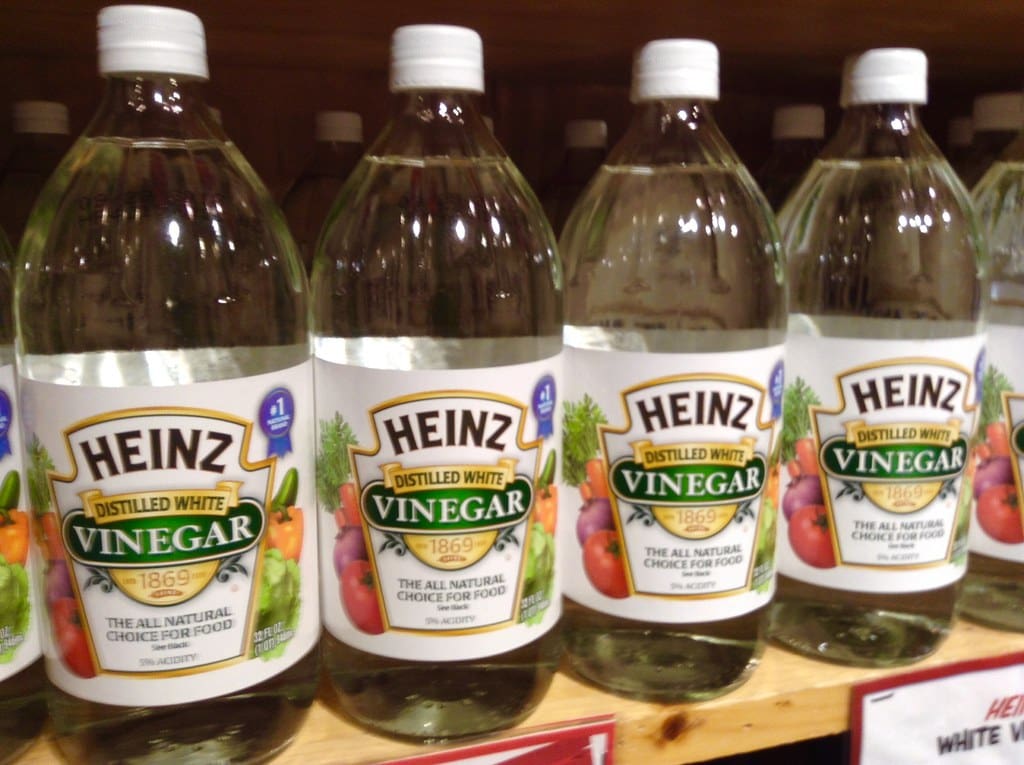
Due to the acidity of vinegar, it pretty much has an unlimited shelf life. Different types of vinegar might change color but they are still safe to use in cooking. Go ahead, buy that gallon of vinegar! It will last a very long time and it can be used for other things besides cooking. Just be prepared for the strong scent of vinegar if using it for something like cleaning.
Uncooked Pasta
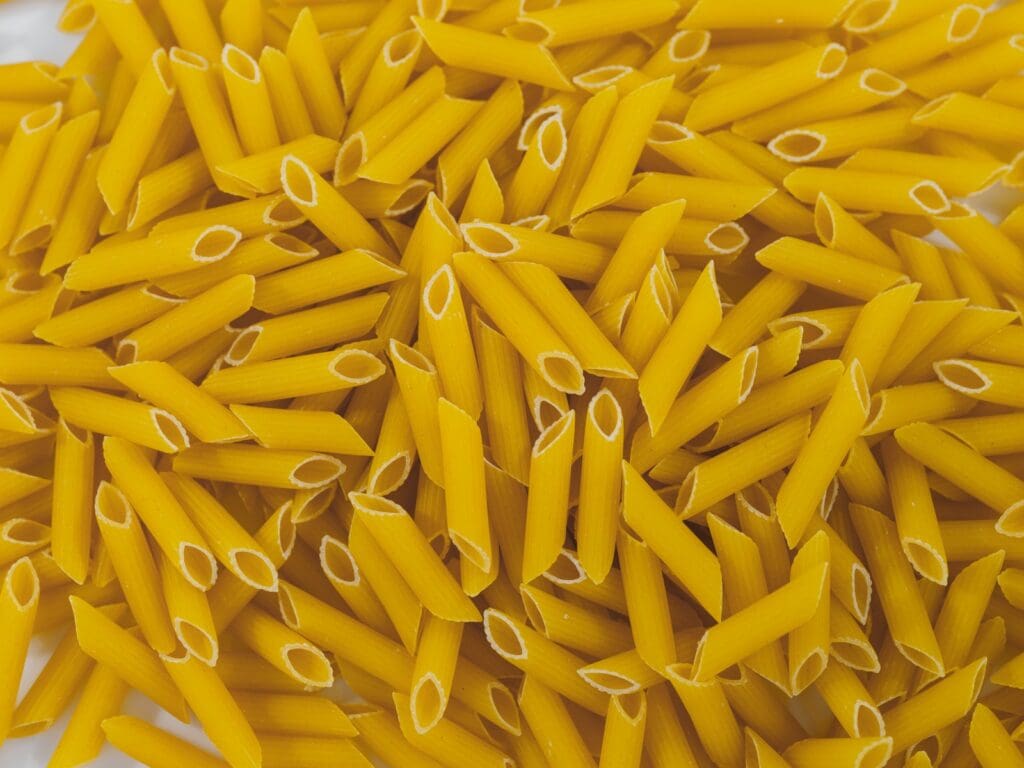
Uncooked pasta is the gift that keeps on giving because it doesn’t really expire. Obviously, if you open the box of pasta and it seems the pasta has disintegrated, then it is not good to eat. However, it takes a really long time to get to that point. As long as the pasta is normal looking, then bon appetite!
Read More: 10 Versatile Ingredients to Stock Your Pantry With
Uncooked Rice
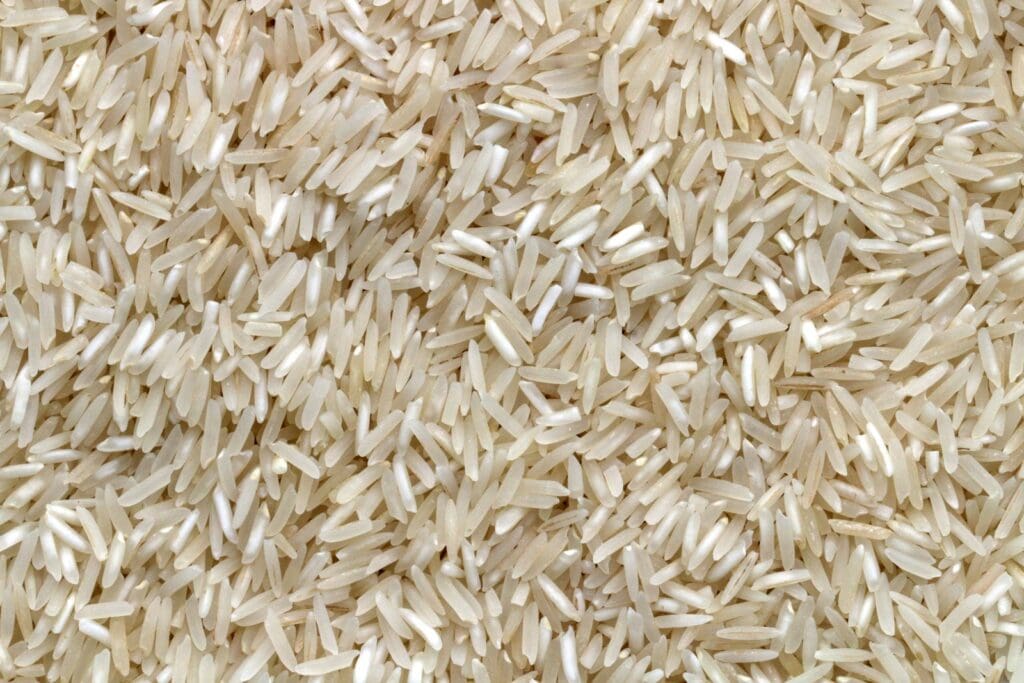
The shelf life of uncooked rice depends on what type of rice it is. Brown rice is only really good for up to six months, whereas white rice will last endlessly as long as it is stored properly. The best way to store uncooked rice? In an air-tight container in the pantry.
Read More: Stock These Foods in Your Pantry for Emergencies
Spices
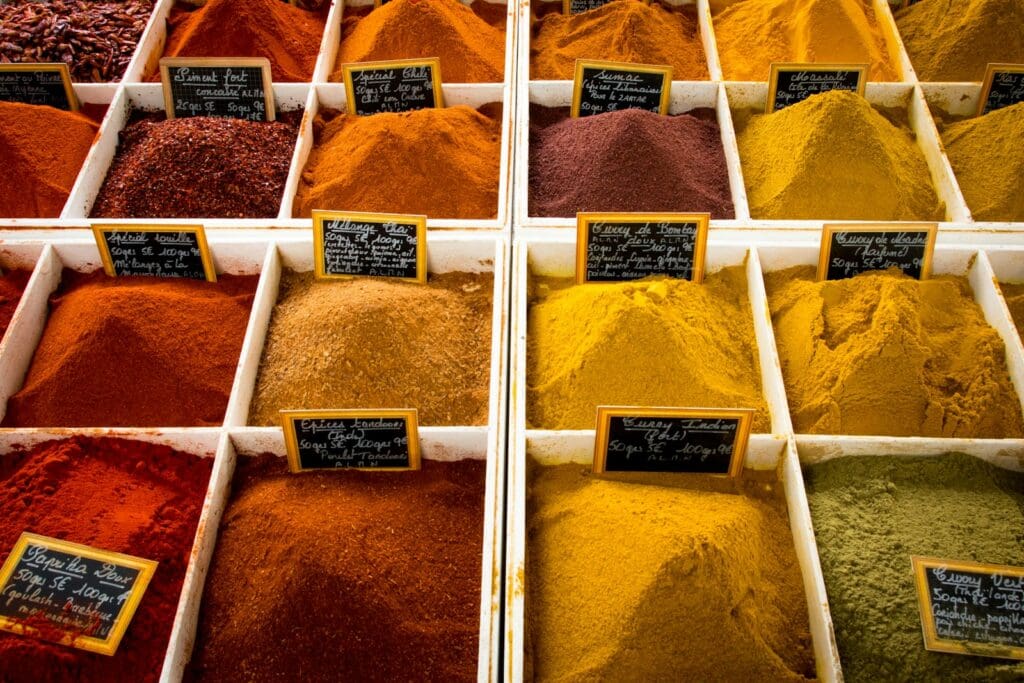
Most spices don’t really go bad. But they can start to lose their flavor and scent, which might indicate it’s time to buy more. Ground spices are good for about six months to two years, depending on the variety. On the other hand, whole spices can last longer — up to three to five years!
Read More: 10 Things You Should Be Buying at Aldi








